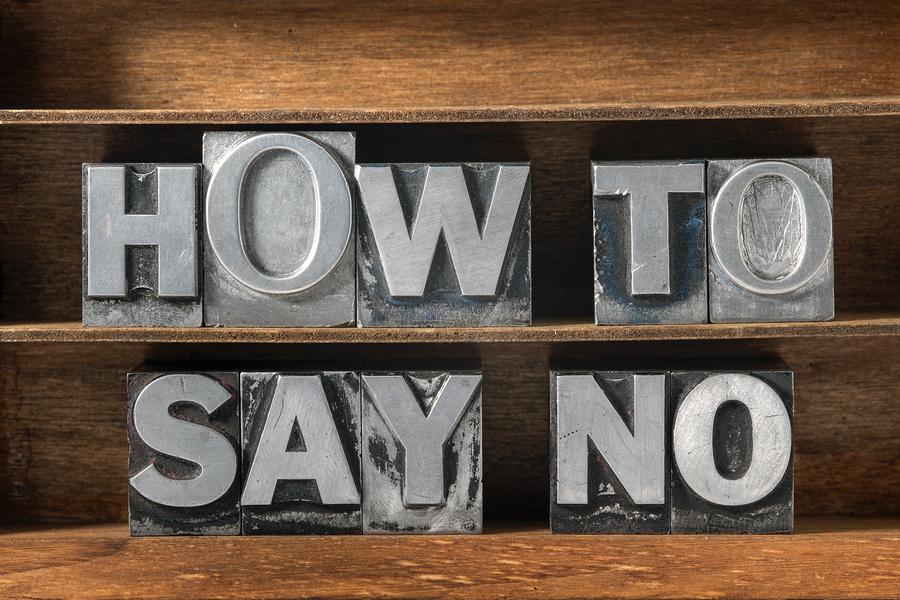 Controlling your own calendar and to-do list is essential to being a CALM not BUSY communications director.
Controlling your own calendar and to-do list is essential to being a CALM not BUSY communications director.
Of course, you don’t have complete control, but I bet you have more than you think you do — or can get more control with some practice and discipline at saying “No” to new requests for your time and attention.
The problem is that saying “No” is hard! And in some cases, or with some people, you might fear some backlash at actually uttering the word out loud.
It’s time to get good at saying “No!” without actually saying it that way. Here are seven approaches you can start trying today.
“Let’s talk about our goal with this. What are we trying to accomplish?”
People get excited about their great ideas, and this is especially true with communications tactics. If you can redirect the conversation to more strategic questions about goals, target audiences, messaging, etc., you can often help someone see that the idea isn’t quite right, or not quite ready, or that you are already doing something else to meet the goal.
“Doing this means I couldn’t do __________ this week. Is that a good trade-off?”
Help the person making the request see the trade-off of doing the task. It means you are taking time and attention away from something else. Help them see that, and encourage them to actively discuss with you which task is the priority, and therefore which is not the priority, rather than just adding to the list. Prioritizing is absolutely essential in communications work!
“How about if I ________ instead?”
This is the “No, but” approach. You offer to help in other ways that are less time-consuming or distracting for you, or that you know will be more strategic.
“Can you get me more information?”
Put more of the homework or initial legwork back on the person making the request. If it is that important to them, they will follow through. But often times, they won’t. This is a great approach when people make suggestions based on something they saw being done elsewhere, or when the request is simply too vague.
“Let me think about that and get back to you.”
Giving yourself a little breathing room is another great tactic. By not saying “Yes” or “No” on the spot, you get time to consider the tradeoffs of your answer. Delaying an answer by a few days could also change the context of the request: The person asking may lose their own enthusiasm for it, or the dynamics around the request may change. Whether you actually get back to the person with an answer or just go the “benign neglect” route is your call.
“I’m going to put that on my Good Ideas List.”
Everyone should have an “idea parking lot” or “someday” list. Just acknowledging that the idea will not be forgotten, even if it is never actually worked on, may be enough to satisfy someone making the request.
Say nothing at all.
Sometimes silence is the best response. It might encourage the other person to keep talking, and to find another solution, including asking someone else to do it.
What are your favorite ways to say “No” without actually saying it? Share your tips and stories in the comments.
We share more advice on being CALM not BUSY with our All-Access Training Pass holders and Communications Director Mentoring Program participants.






